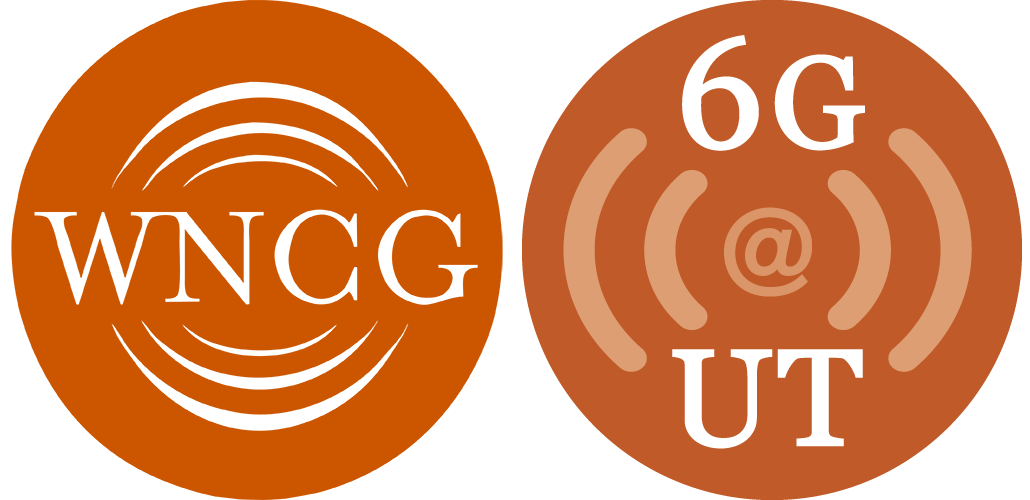Multiple-input multiple-output communication, also known as MIMO, is exploding againthis time in the number of antennas. Massive MIMO brings hundreds of antennas at the basestation serving tens of uses a la multiuser MIMO. Coordinated MIMO coordinates dozens of antennas at different base stations toreduce the effects of interference. Millimeter wave (mmWave) MIMO uses large arrays at base station and user equipment to serve multiple users withnarrow beams and lots of spectrum. At theIEEE International Conference on Communications, WNCG director Robert Heath gave a kickoff plenary in theBeyond 3GPP LTE-A Workshop titled What is the Role of MIMO in Future Cellular Networks: Massive? Coordinated? mmWave? In this talk, he provided an overview of each technology, and compared them in a common simulation framework. The results show that massive MIMO outperformed the other microwave technologies, but the mmWave MIMO gave the highest overall performance in terms of coverage and capacity. The slides for his talk are available here. Heath is available to reprise his talk as part of the IEEE Signal Processing Society Distinguished Lecturer Program or the IEEE Vehicular Technology Society Distinguished Lecturer Program. Dr. Robert W. Heath Jr. is director of WNCG and the Wireless Systems Innovations Lab. His research focuses on MIMO communication, multi-user MIMO, OFDM, signal processing, smart antennas, DSP, and multiple-input.

